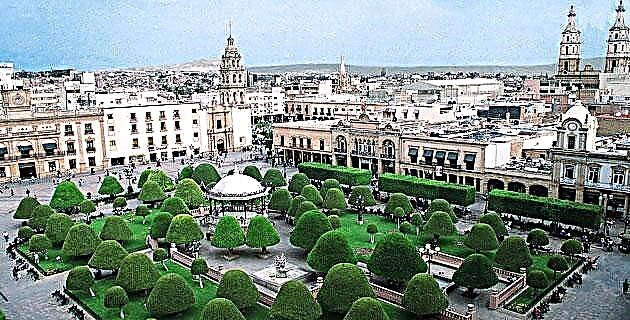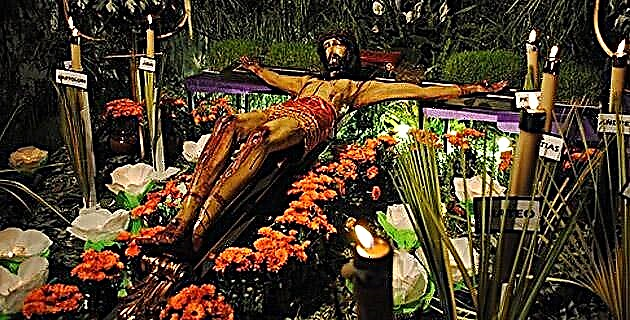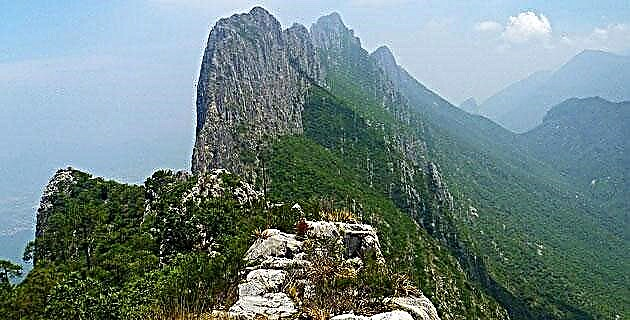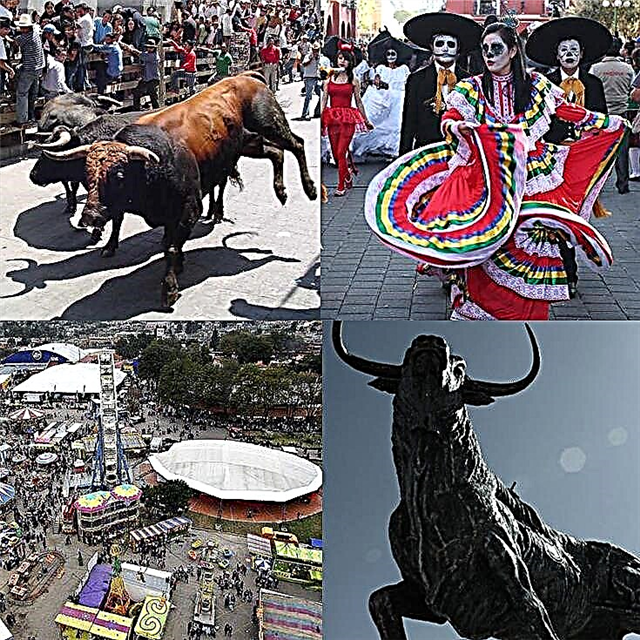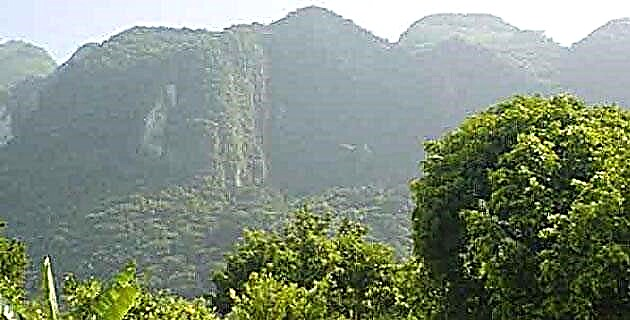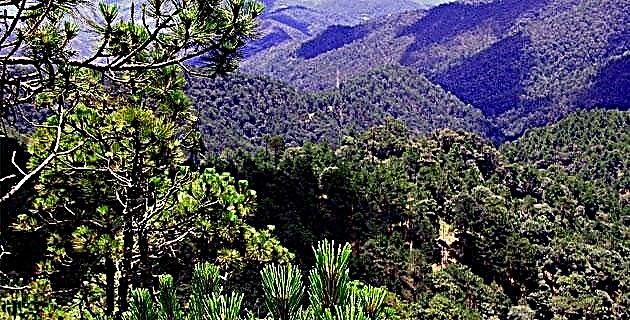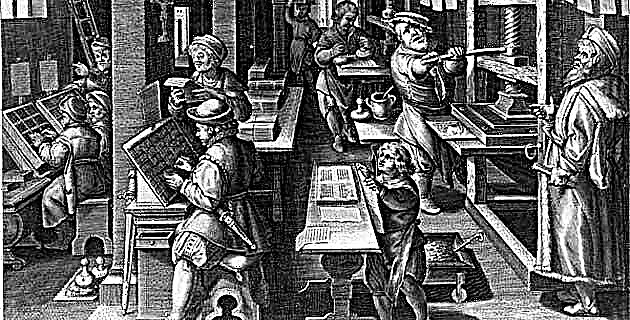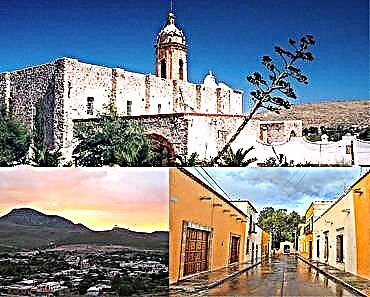Real de Asientos is a Magic Town hydrocalid with a mining past and a tourist present. This is your complete guide so that you know all its attractions.
1. Where is Real de Asientos and what are the main distances there?

Real de Asientos is the head of the hydro-warm municipality of Asientos, located in the northeast sector of the state. The town is located in the semi-desert of Aguascalientes, at an altitude of 2,155 meters above sea level and between the 18th and 19th centuries it lived from the exploitation of silver, inheriting from the time an architectural and historical heritage that allowed its incorporation in 2006 to the Villages system Mexican magicians. The state capital, Aguascalientes, is 61 km away. del Pueblo Mágico, traveling north towards Rincón de Romos. Mexico City is 584 km away. from Real de Asientos, traveling northwest towards the city of Aguascalientes.
2. What is the history of the town like?
The first Spaniard to find silver in the territory was Juan de Tolosa, but not in a mine, but in a rock that an aborigine gave him. Tolosa was delighted with the brilliance of the stone, knowing that it was good sterling silver, and asked the Indian to take it to the site. It was September 8, 1546 and the place, the Cerro de la Bufa, beginning shortly after the exploitation of the valuable mines of Nuestra Señora de los Tzacatecas. The town was founded in 1548 as Real Minero de los Asientos de Ibarra, since Diego de Ibarra had received the mercy of the lands.
The great boom would come at the beginning of the 18th century, at the hands of Don Gaspar Benito de Larrañaga, the most important mining businessman in the history of the town, who first took over the Mina de los Reyes and later with other deposits with rich veins, like those of the Discovery Mine of Limpia Concepción. The exploitation of silver began to languish in the mid-nineteenth century and Real de Asientos began a tough period from which it is still trying to recover.
3. What are the most notable attractions of Real de Asientos?

In Real de Asientos they managed to survive some interesting civil and religious buildings built during the colony and in the middle of the boom times that the town experienced with the exploitation of silver. Among these buildings are the former Convent of the Lord of Tepozán, the Parish of Our Lady of Belén, the Sanctuary of the Virgin of Guadalupe and the nearby Pantheon, the Larrañaga House, the Elevated Aqueduct and the Tolosa - Ibarra Fundadores Presidio. The Mining Museum recalls the history of the exploitation of silver in Real de Asientos, while the Living Museum of Cactaceae is dedicated to the most representative of the local flora. Traditional and modern festivals and hydro-warm culinary art are other attractions of the Magic Town.
4. What does the Ex Convent of the Lord of Tepozán have?
2 km. from Real de Asientos, on the road to Rincón de Romos, is this former convent that was erected in 1627. The complex is made up of the Sanctuary of the Lord of Tepozán, patron saint of miners, and the conventual areas, in whose spaces it works a museum. The sample includes religious pieces and has a room dedicated to the African ethnic groups that were brought to the town as slave labor in the exploitation of the mines. There is also an interesting set of altarpieces on the Via Crucis, painted by the greatest figure of the Baroque at the time of the viceroyalty, the Oaxacan master Miguel Maldonado y Cabrera.
5. What is the Parish of Nuestra Señora de Belén like?
In this temple built at the beginning of the 18th century, Our Lady of Belén, patron saint of the former Real de Asientos, is venerated. The neoclassical building with three naves has in its tower the oldest bell in the state of Aguascalientes, brought from Europe when the church was erected. It also has a representation of Christ with jointed human parts, such as the skull, hair, teeth, and ribs. The Christ is placed horizontally in a coffin-like wooden and glass box. The image causes astonishment to some of the faithful, but the Church has preferred to leave it that way.
6. What is the interest of the Sanctuary of the Virgin of Guadalupe?

This sanctuary of Our Lady of Guadalupe dates from the 18th century and is located next to the Real de Asientos cemetery. The facade of the temple shows a stonework in pink and yellow and inside there are several paintings about Jesus and his Twelve Apostles, made by Teodoro Ramírez. The cemetery adjacent to the temple is the oldest in Aguascalientes, founded in the 18th century to accommodate the large number of deaths caused by the flu epidemic. In the cemetery you can admire several murals made by local artists, some alluding to the relationship of human beings with death.
7. What is Casa Larrañaga like?
Don Gaspar Benito de Larrañaga appears for the first time in the history of Real de Asientos when in 1706 he was a guarantor in a purchase operation for the Mina de los Reyes. After some vicissitudes, Larrañaga ended up as the owner of the mine, made other acquisitions and Real de Asientos took off as a mining emporium. Don Gaspar became the most splendid house in the town, on two floors, although only one was preserved. In the house, its wide door stands out, the family shield carved in pink quarry and other ornamental details. You can only see the outside because it is a private residence.
8. When was the Elevated Aqueduct built?

This sturdy construction was erected in the 18th century by the religious of the Jesuit order in order to provide water to the town. The vital liquid was the one that flowed from some springs that came out among the oak forests located in Cerro Altamira. The liquid was taken to a storage box that distributed the water to the main garden and to a basin located in the Barrio de Guadalupe.
9. What is the Tolosa - Ibarra Fundadores Prison?

The main members of the Spanish delegation that arrived in the territory of the current Real de Asientos in the 16th century were Juan de Tolosa and Diego de Ibarra. Tolosa was the first to find silver, from the hand of an Indian, and both peninsular received land grants from the Spanish royal house, although the town's founding place was in the territory assigned to Ibarra. The town was founded with the name of Real Minero de los Asientos de Ibarra, but the two men remained linked to the community as main figures. Living proof of this is the Tolosa - Ibarra Fundadores Presidio, an imposing stone building with high and bulging walls, as befitted all presidio of the colonial era.
10. What is the history of the El Piojito Train?
The most picturesque walk to do in Real de Asientos is on board the El Piojito train. This train is made up of small and colorful wagons, hooked to a tractor that acts as a locomotive. It was not always a tourist attraction, since in the past it served to transport the mineral exploited in the Santa Francisca Mine to the San Gil Station. You board it in the Main Square and you admire the architectural beauty of the town, while you go to the El Hundido Mine. In the mine you will learn about the ancient methods of mining exploitation, and you will be able to see the Galerón de los Esclavos, a construction of the viceregal era.
11. What can I see in the Mining Museum?
Despite the fact that the beginning of the decline in the exploitation of silver ore reached Real de Asientos in the 19th century, the town preserves its mining lineage intact and the Mining Museum of the town presents the testimonies of the past splendor. The museum exhibition includes some tools that were used in the drilling of mines and in the extraction of the mineral, the transport wagons and has large explanatory posters and photographs that facilitate the understanding of the mining past of Asientos. Another space linked to mining that is worth visiting is the Casa del Minero, a colonial building that served as a deposit of materials and a shelter for the mine foremen.
12. What is in the Living Museum of Cactaceae?

Real de Asientos is nestled in the hydro-warm semi-desert, where cacti abound, although some species are at risk of extinction. In an area of about 25 hectares, the Cactaceae Museum of Real de Asientos cares for and exhibits some 1,500 plants belonging to the families of cacti, agavoid and crassulaceae, both outdoors and in the greenhouse. There is also a collection of exotic species, originating from South Africa and from the African island of Madagascar. The museum offers guided tours and has an outdoor classroom and a plant catalog.
13. Where can I carry out ecotourism activities?
Lovers of mountain biking can practice their favorite sport at Cerro de Altamira, Cerro del Chiquihuite and Cerro La Bufita. Apart from the El Piojito train, there are two other old-fashioned rides that you can enjoy, one is the horseback ride through the historic center and through El Galerón de los Esclavos, near the El Hundido Mine and the other is to walk through the main streets from the town in the carriage La Pulga Elegant. Of course, the most economical and also convenient for health is to walk around the town on foot, stopping at its most interesting places, such as the temples, the squares, the Casa Larrañaga, the Casa del Minero, the Guadalupe Bridge and the mural "I am pure solid ground", among others.
14. What are the main festivals in town?

The calendar of traditional festivals of Real de Asientos begins with the January Festival, in honor of the patron saint of the town, Nuestra Señora de Belén. The culminating day is the fourth Sunday in January and the festival is lived with all the religious fervor and joy that Mexicans bring to their patron saint festivities. The Lord of Tepozán, patron saint of miners, is celebrated on the first Sunday of July and on the 11th of the same month, Miner's Day is commemorated. The town continues to party in mid-July to commemorate the founding of Real de Asientos with a cultural fair. On October 30, the declaration of Pueblo Mágico is celebrated and in December, as in all of Mexico, the Virgin of Guadalupe.
15. What is the gastronomy of Real de Asientos and its crafts like?

The locals are fans of the typical gorditas of Aguascalientes. Everyone who comes to Real de Asientos asks about the Chichimeca Rabbit, a specialty of a local chef. Apart from a tender rabbit, it has jalapeño peppers, tomato, onion, garlic and pepper. To sweeten they mainly resort to milk and guava sweets. Real de Asientos artisans are skilled potters, turning the clay into beautiful and useful household utensils such as pots, jugs, vases, pitchers, flowerpots, ashtrays and candle holders. You can see and buy one of these pieces as a souvenir at the points of sale located on the streets.
16. What are the main lodgings?
Hotel Villas del Bosque has villa-type rooms, with two double beds and one single. Hotel Villa del Real, located on Avenida Hidalgo 5 in the center of town, is a 2-star establishment. The city of Aguascalientes is 61 km away. and most visitors to the Magic Town spend the night in that city, which has a wider range of accommodations. In town there are some simple places to eat something, such as the Lupita Economic Kitchen, an inn located in the Plaza Juárez. 11 km. from Real de Asientos is Bruno`s Trattoria, a house of Italian and Mediterranean food.
Ready to go meet Real de Asientos? We hope you can tell us your impressions in a short note when you return.


